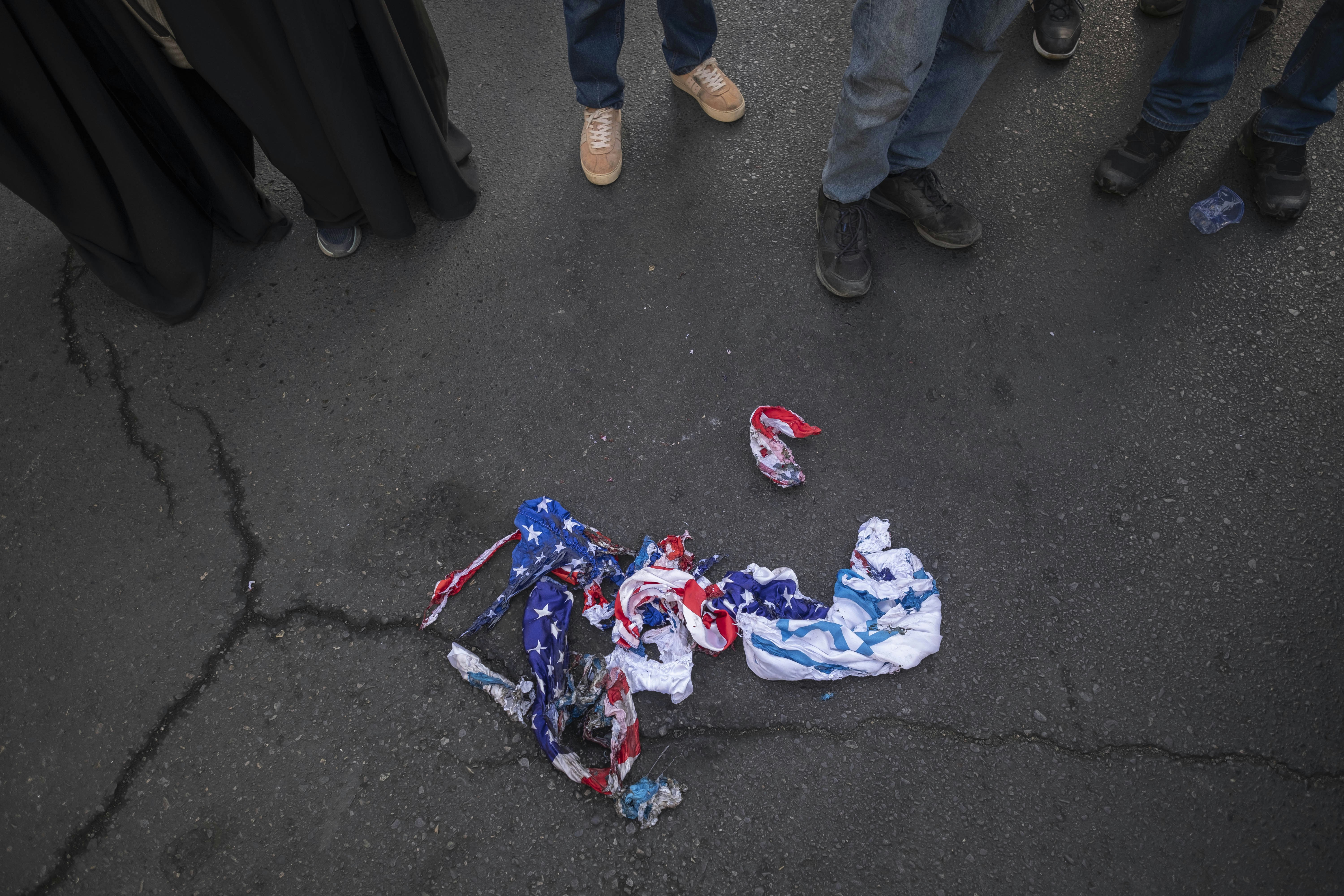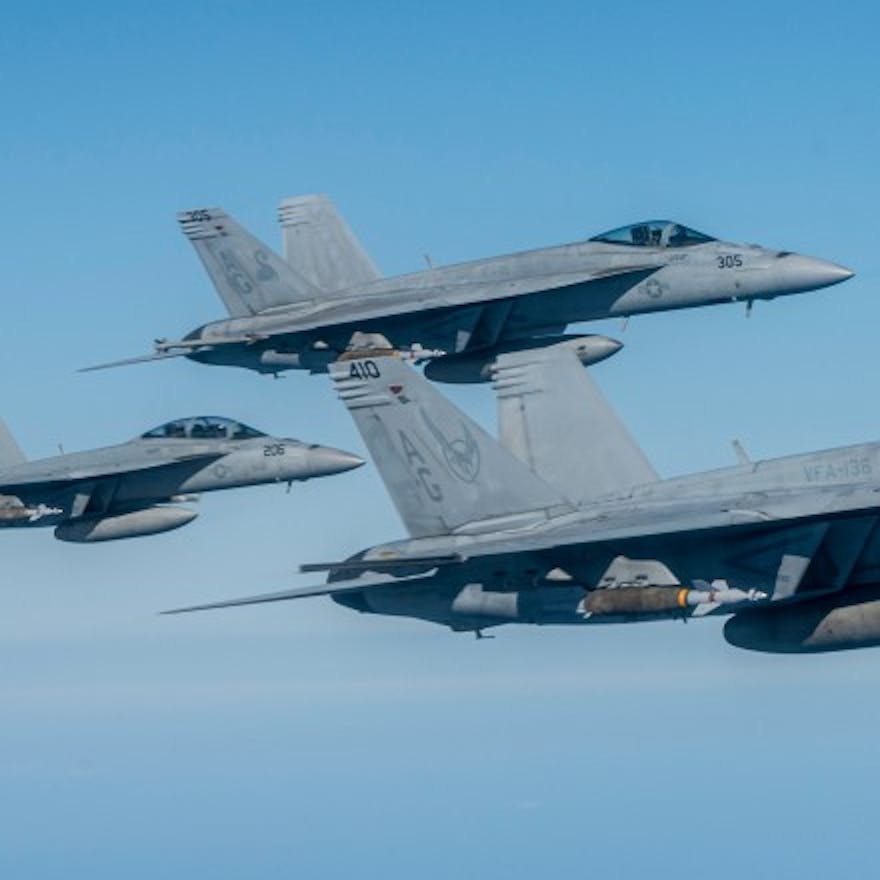LEAKED PENTAGON DOCUMENT SHOWS HOW UKRAINE WAR IS BLEEDING INTO MIDDLE EAST
A highly classified document explores how Ukraine war could spill over into war with Iran.
A RECENTLY LEAKED cache of highly classified U.S. intelligence reports sheds light on the growing risk of a U.S. conflict with Iran, as well as apparent Israeli efforts to directly involve the U.S. in operations targeting Iranian interests in the Middle East. The documents expose the sensitivity of the geopolitical situation, and how tension between Russia and Israel could escalate dramatically in the context of Russia’s war in Ukraine.
The set of classified documents is reported to have been shared online in a gaming forum. Police on Thursday arrested a 21-year-old U.S. Air Force National Guardsman named Jack Teixeira on suspicion of involvement in the leak.
A briefing document dated February 28, marked “Top Secret” and prepared by the Defense Intelligence Agency, details four scenarios it considers possible under which Israel could provide lethal aid to Ukraine — something Washington has sought but that Israel, which has ties to Russia, has refused to do.
In one plausible scenario, the briefing says, “Russia continues to allow Iranian advanced conventional weapons through Syria, prompting Israel to request expanded U.S. support for Israeli counter-Iran activities in exchange for lethal aid to Ukraine.” (Israel has accused Iran of transferring military equipment into Syrian territory that could be used against Israel in a future conflict.)
The document also provides “background” to this scenario, which appears to refer to current circumstances that could set the stage for such a situation: “Israeli defense leaders are advocating for increased risk-taking to counter Iran, including proposing bilateral Israeli-U.S. operations.” Both countries have been engaging in high-profile military drills as tensions in the region have risen. This January, the U.S. and Israel conducted their largest joint military exercise in history — an exercise that reportedly simulated airstrikes on Iranian nuclear sites.
Another plausible scenario, according to the briefing, is that Russia “incurs casualties” from a periodic Israeli strike in Syria and directly targets Israeli aircraft with the help of Iran. The document also reports that Israel has “regularly requested” overflight support from the U.S. to carry out strikes against Iranian interests in Syria.
The same document provides a laundry list of Israeli weapons that might be transferred to the Ukrainians in the quid pro quo that the U.S. is pushing for, such as Israeli-built surface-to-air missile and anti-tank systems. Such lethal aid might be transferred by Israel, the document notes, “under increased U.S. pressure or a perceived degradation in its ties to Russia.”
The National Security Council declined to comment on the document detailing Israeli scenarios, specifically.

Iranian press photographers stand next to burnt U.S. and Israel flags during an anti-Israel protest in downtown Tehran on Aug. 9, 2022.
Photo: Morteza Nikoubazl/NurPhoto via Getty Images
SINCE THE U.S. withdrawal from the Iran nuclear deal under the Trump administration, the U.S. has been on a collision course with the Iranian government over its nuclear energy and ballistic missile program. Documents from the cache also shed light on other U.S. surveillance efforts focused on Iran. One document states that according to “a signals intelligence report and imagery analysis,” the Iranian Islamic Revolutionary Guard Corps had made plans to launch a missile equipped with a communications satellite known as the Nahid-1 in early March.
Another reported on discussions between two Iranian officials — a spokesperson for Iran’s nuclear program named Behrouz Kamalvandi and the Iranian vice president of political affairs, Mohammed Jamshidi — outlining their strategy for handling an expected visit by International Atomic Energy Agency chief Rafael Grossi to Iran in March. That document quoted Kamalvandi as saying that Grossi was prepared to “defuse the situation,” related to a forthcoming IAEA report on Iranian nuclear activities, adding that Jamshidi had tasked Kamalvandi with coming up with talking points that could be conveyed to the media, “thereby mitigating any negative effect of the IAEA report.”
A report from the IAEA issued at the end of March found that IAEA inspectors had found uranium particles enriched up to 83.7 percent at an Iranian nuclear site. The level of uranium enrichment considered sufficient for building a nuclear weapon is 90 percent, though the report suggested that the enrichment discovered at the Fordow nuclear plant may have been an incidental fluctuation rather than a sign of future weaponization.
In recent years, after Donald Trump exited the nuclear deal and Joe Bidenfailed to revive it, the U.S. has signed off on a hawkish approach to Iran prominently championed by some Israeli political figures, including current Prime Minister Benjamin Netanyahu. Netanyahu publicly campaigned against the nuclear agreement and has spent years pushing for the U.S. to take a harder line on Iran. Israel has carried out its own operations targeting Iranian interests in Syria and has even hit Iran directly over the past year as part of what Israeli military officials have called the “Octopus Doctrine” of treating Iranian territory as a target for military strikes and assassinations.
With key military decisions spanning both the Trump and Biden administrations, the groundwork for conflict with Iran has in many respects already been laid and more ominous preparations appear to be on the horizon. On January 16, 2021, just days before Biden’s inauguration, Trump ordered Israel to be moved from the U.S. military’s European Command — where it had been kept to avoid tensions with its Middle East neighbors — to Central Command’s area of responsibility in the Middle East, facilitating military cooperation against Iran. Biden did not rescind the order.
The Pentagon also developed a contingency plan for war with Iran in the fiscal year 2019, as The Intercept has reported.
https://theintercept.com/2023/04/13/leaked-pentagon-document-ukraine-iran-war/






Geen opmerkingen:
Een reactie posten